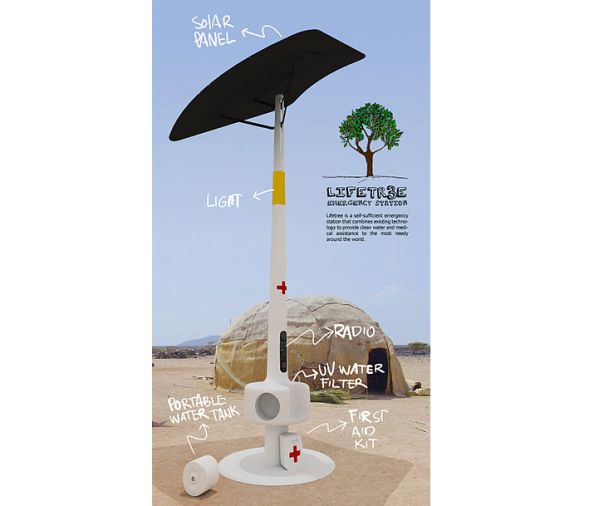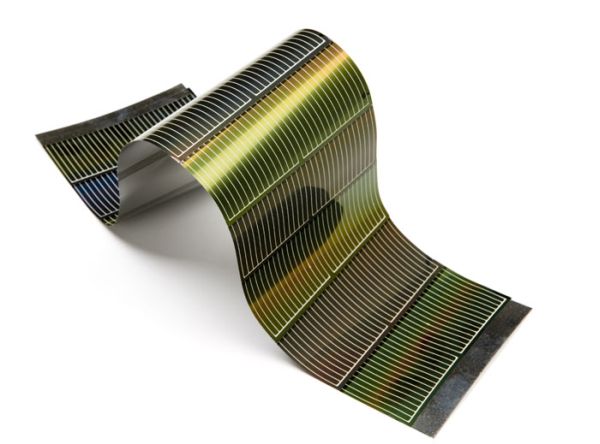The Lifetr3e is basically a self sufficient emergency station that is meant for rural regions wherein the basic first aid facilities such as food, television/media, energy and drinking water are either very meager or not available at all. Therefore, the Lifetr3e is a structure that supports and also helps in coordinating various technological devices that caters to these non-existent needs. The Lifetr3e in itself is a tall vertical building that is self-sufficient as it harnesses its own energy via solar panels that are affixed on the top of the structure. The Lifetr3e basically functions on three grounds: communication, first aid and drinking water.

As far as making drinking water available for the rural dweller is concerned, the Lifetr3e contains a water UV filter purification device that functions on solar power. With this device, the rural people can extract water from the adjoining wells and therefore drinking potable water would be ample in the area. Furthermore, this device can also be attached to Watermill Air which has the capacity of providing around 24 liters of potable water on a daily basis.
In the Lifetr3e, first aid facility is contained in the base of the structures inside two backpacks that contain all that is required for immediate first aid care. The use of the first aid bags is operated via a radio connection with the adjoining hospitals/medical centers for increasing the efficient utilization of the same.
For communication purposes, the Lifetr3e makes use of a vertical radio antenna system for maintaining a direct connection with the hospitals/medical centers in order to act upon emergency situations optimally. There are many emergency situations that require expertise and via the communication channels provided by the Lifetr3e, the rural people would be able to get intervention from cities in such matters.
Lifetr3e would be a core structure for village in Third World countries where drinking water, medical facilities and communication methods are lacking. This structure would definitely be a boon for poorer regions and would lead to an overall development in that area. The availability of clean potable water would also reduce the number of water born diseases and the deaths that result thereof. Furthermore, the women do not have to go searching for water by walking miles on end. Effective and handy first aid would also make the rural residents more aware of modern day medical practices, and would be educational to them also. This structure would be having the capability of catering to over 300 families in each area.
Via: MalcoDesign




